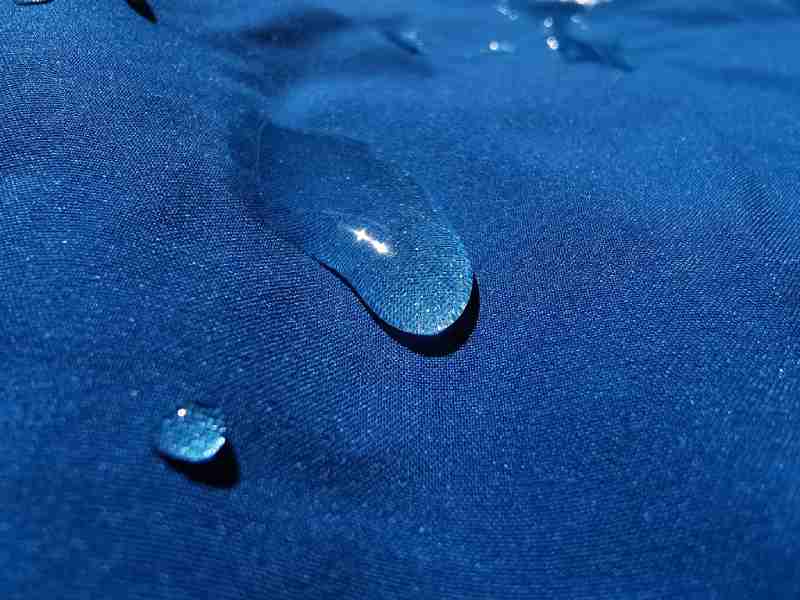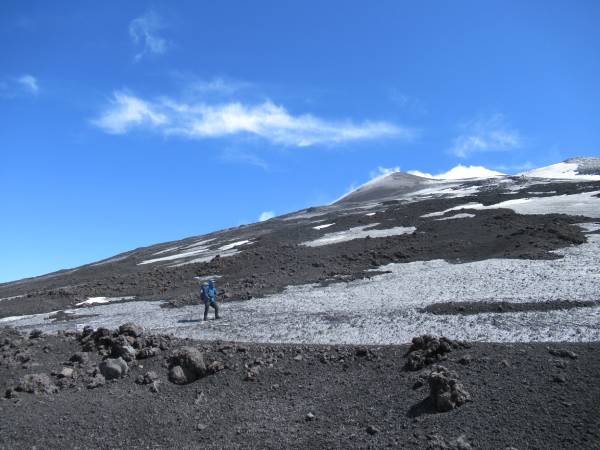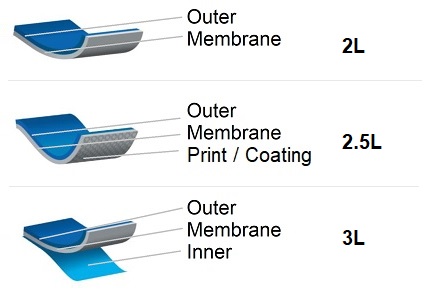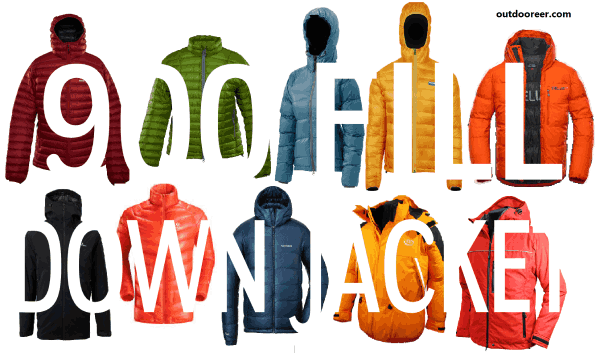Layers and performance
There are 3 types of layering construction in the majority of waterproof shell jackets: 2-layer, 2.5-layer, and 3-layer construction.
After this quick overview and comparison between the layers, we cover what are the 3 layers, for which activity and weather conditions they can be used, and the details of the construction.
| Features | 2 Layers | 2.5 Layers | 3 Layers |
| Breathability | Average | Good | Best |
| Durability | Good | Good | Best |
| Waterproof | Good | Good | Best |
| Weight | Midweight | Ultralight to Lightweight | Lightweight |
| Price | $ | $$ | $$$ |
The layers
The 3 layers that make up the outdoor jacket are outer, membrane and inner layer.
The outer layer’s function is to ensure durability and the initial protection from the elements.
… and to look awesome, of course. It’s important to look good in your picture! 🙂
Regarding the protection from the element, for most of the jackets this layer is treated with DWR (Durable Water Repellent) to makes the outer layer also waterproof until the coating wears off.

The membrane layer is there to ensure waterproofness and breathability. In other words, it is a very thin sheet and consists of tiny pores, through which vapor molecules can escape outside, but much bigger water molecules are unable to get in.
Bonded together the face fabric and the membrane produce the 2-layer laminate.
The inner layer has two main functions: to protect the 2 layers laminate and to increase breathability. A polyurethane (PU) film or lining covers the second layer, which acts as a shield.
The purpose of this third layer is to keep sweat and oils from congesting pores in the waterproof-breathable layer.
Layers by activity
2-layer jackets
It is ideal for urban environments or easy day trips with light or without light luggage and low exposure to wet and prolonged weather conditions.
2.5-layer jackets
It best suites with moderate activity, like hiking or climbing. Achieve good performance in a range of light to moderate wet weather exposure.
3-layer jackets
It’s able to perform greatly during long and demanding activities like hiking with a heavy backpack or mountaineering for example. Provides the highest possible protection against the elements.
It’s highly recommended especially in those activities where reliability and durability are mandatory.

Layering construction
Despite most membrane fabrics have all three layers in their structure, they are still called differently: 2L, 2,5L or 3 layer fabrics.

Among these fabrics, it’s the inner layer which makes the difference:
- The 2-layer s the most common waterproof/breathable layer construction method and outer with membrane layers are laminated together.
Typically there is a loose, simply hooked into the jacket, fabric lining, but not glued to the membrane. This feature impacts on the weight and the fit of the product.
Overview:
+ Cheaper
– Less durable
– Less weather protection
Have a look at the following 2-layers jackets using the Outdooreer filter.
- The 2.5-layer fabric consists on outer fabric, waterproof membrane and a print on the inside (that’s the half layer, hence why it’s called 2.5) to protect the membrane. This laminate/coating acts as a barrier to help protect the layer against friction, sweat, dirt, or other oils that could clog the pores, which would affect the breathability.
Is the lightest possible layering option.
Overview:
+ Lightweight
+ Packability
+ Breathable
– Less wick away effective
Find out the jackets with 2.5-layer.
- In 3-layer fabrics, as the name implies, all three layers, outer fabric, membrane and lining, are bonded together to one single layer.
The membrane as it is sealed between the face fabric is protected against friction from inside and from outside and the inner layer.
This structure of fabric ensures its durability increasing the overall lifespan of a jacket, but might also result in a bulkier fit.
As this third layer keeps dirt, oil, and grime at bay, the pores of the waterproof membrane are protected from clogging, thus maintaining better breathability.
Overview:
+ Most durable layering option
+ Warmer
+ Comfort / good feeling on the skin
+ Highest performance protection against the elements
– More expensive
Discover the jackets using a 3-layers filter using the comparing tool.








